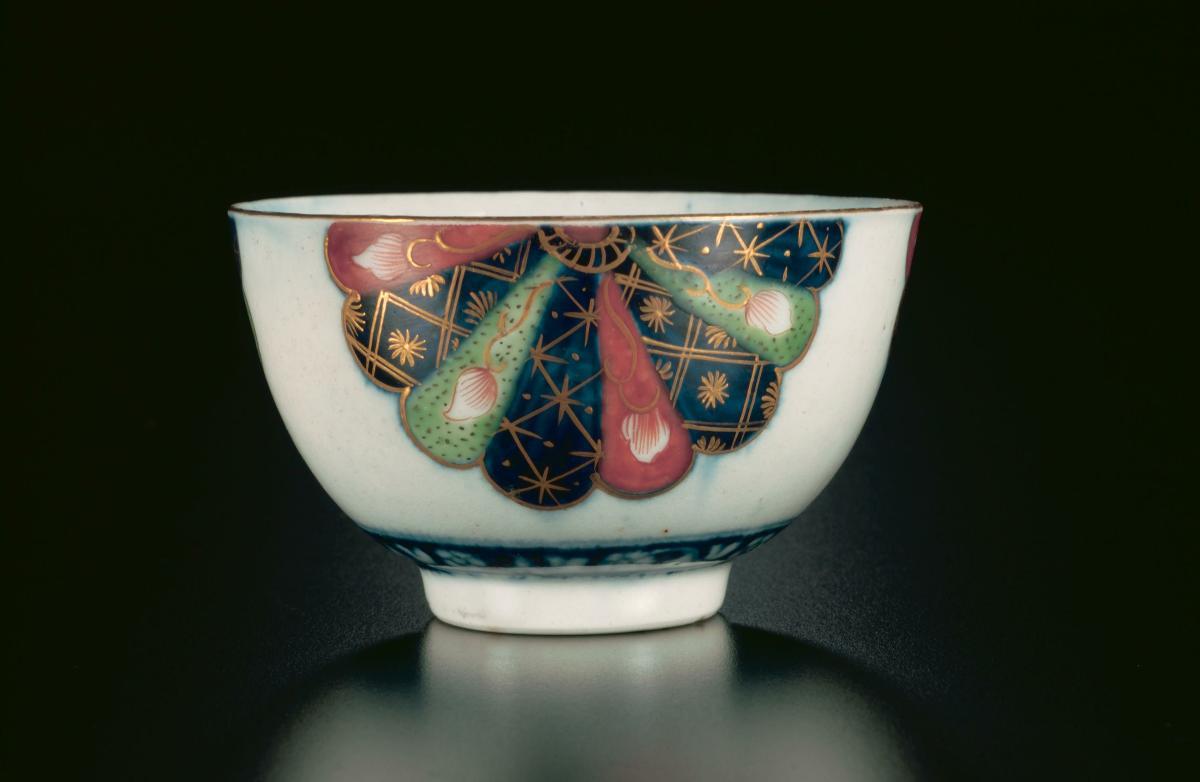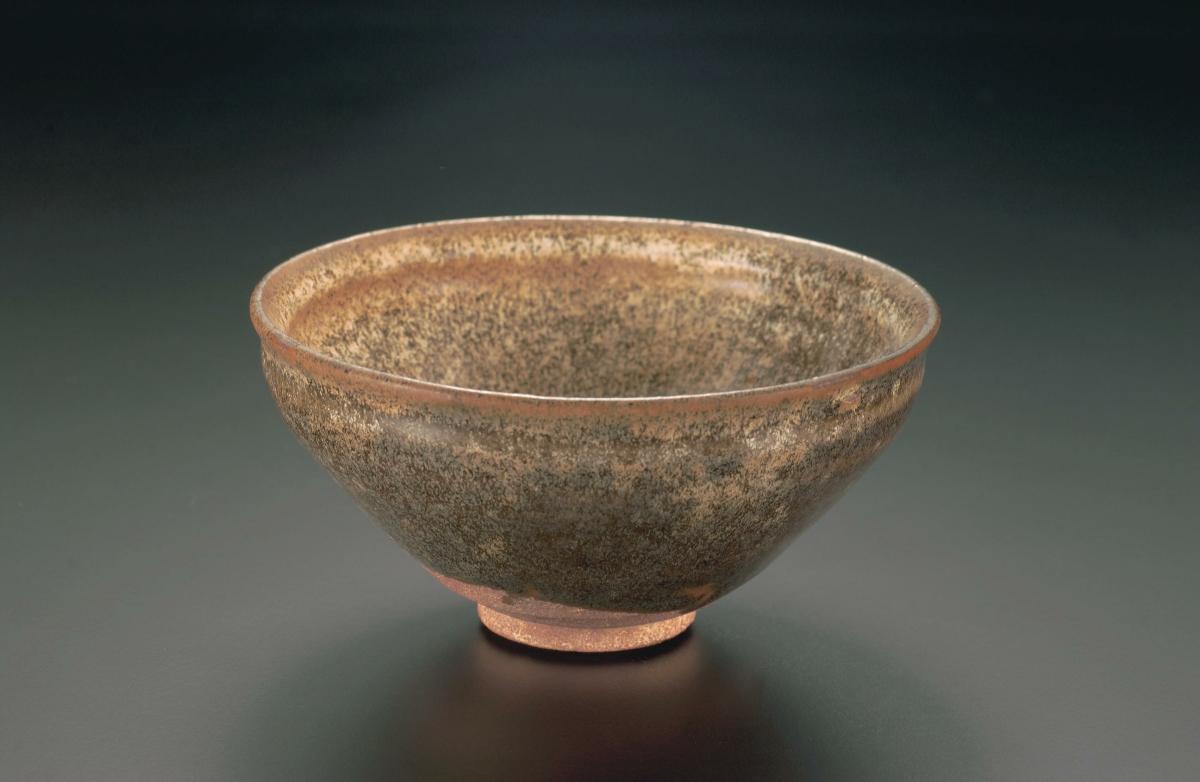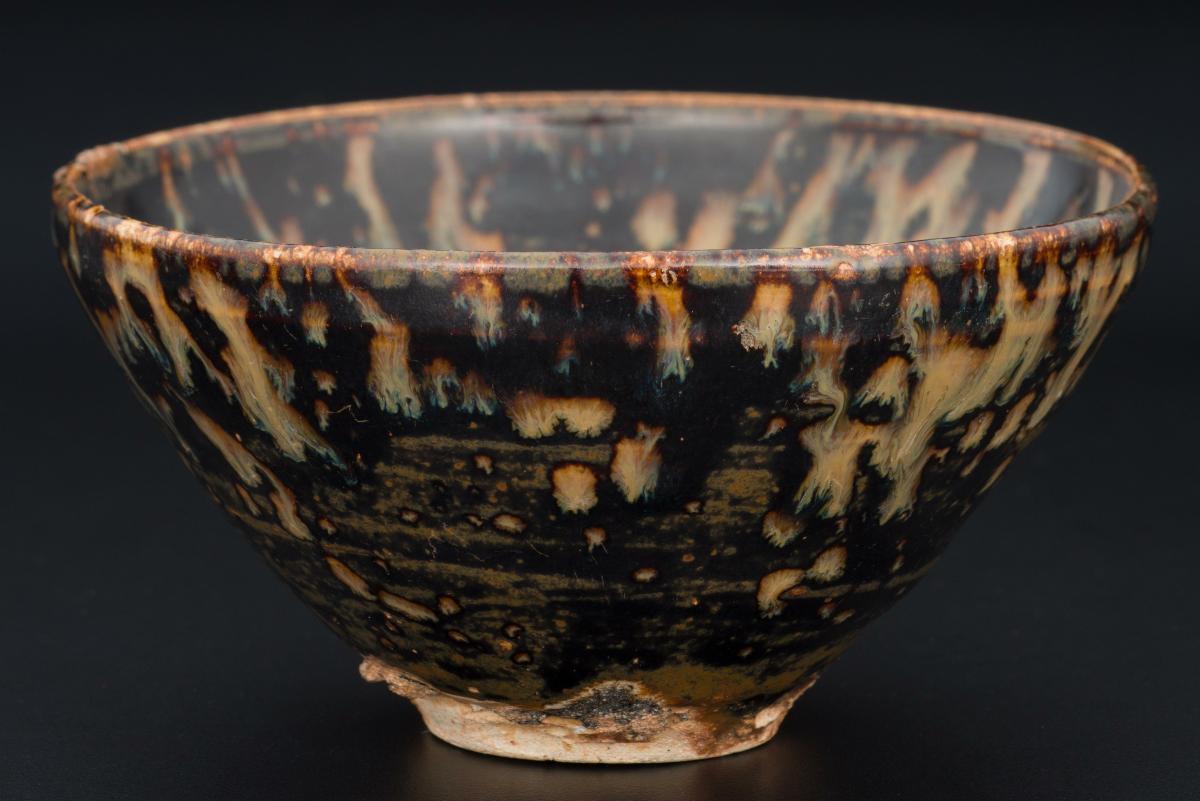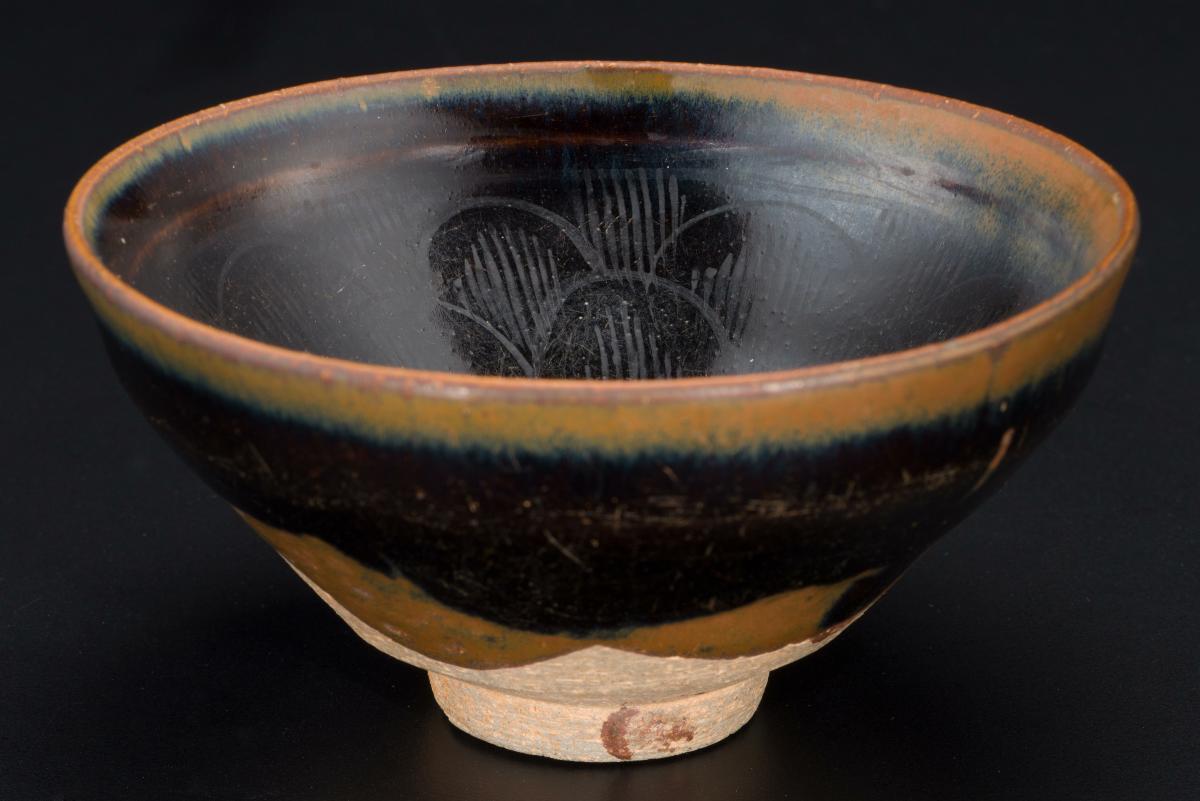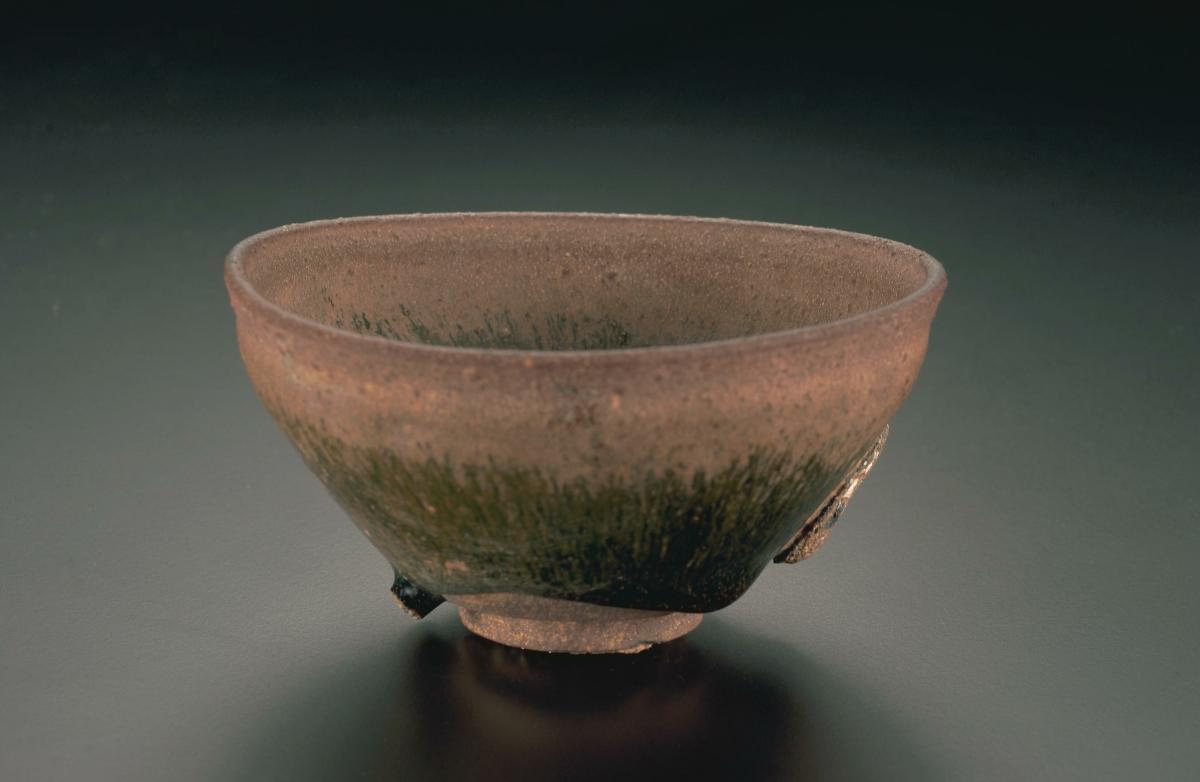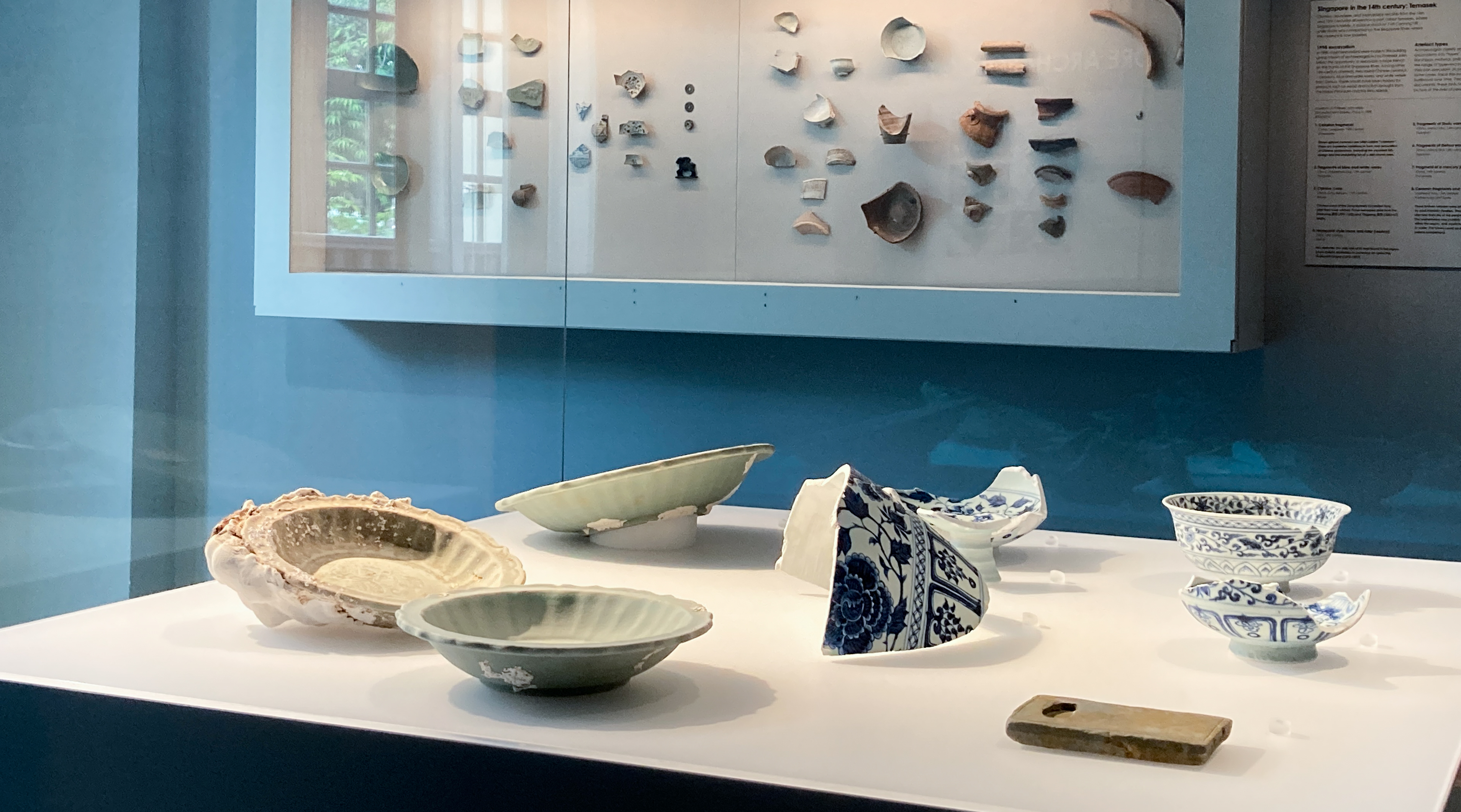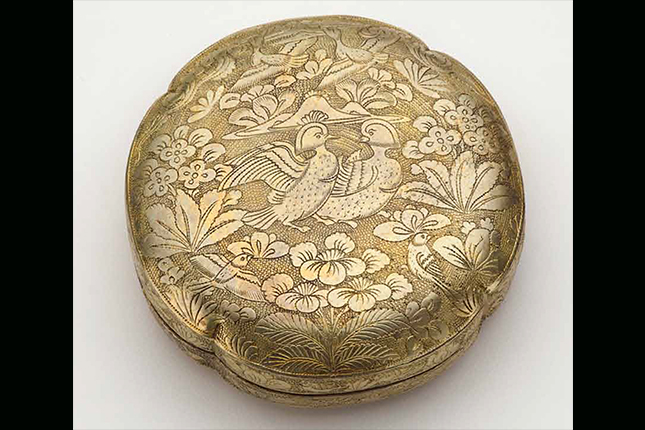This tea bowl is painted in the typical Imari palette with the so-called 'fan' pattern comprising fan-shaped half chrysanthemums, embellished with gilt decoration. The Imari style 'fan' pattern was applied on tea and dessert services.Japanese porcelain first reached Europe around 1660 and exports continued for about a century. The Imari style had one the greatest impacts on European ceramics. Japanese Imari porcelain was produced in the area of Arita in present-day Saga prefecture on Kyushu Island. Imari derived its name from the port from where it was shipped. The range of enamels used on Imari wares is fairly wide but generally consists of blue, red and gold.A full tea service by the late 1760s would have comprised at least 40 pieces. Apart from the multiple tea and coffee cups with matching saucers, other standard items included a teapot, sugar bowl, milk jug and a slop bowl (into which the dregs from tea and coffee cups were emptied).Tea in 18th century England was drunk from both tea bowls and tea cups. Tea bowls (a form derived from Chinese prototypes) were generally found in sets decorated with Asian-inspired patterns, while tea cups with handles (a European form) tended to have European style decoration.




